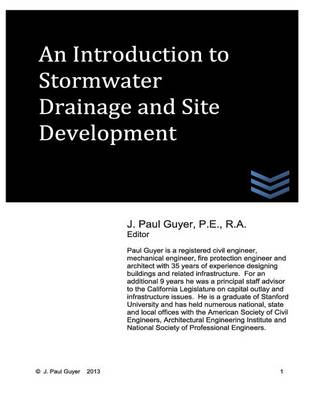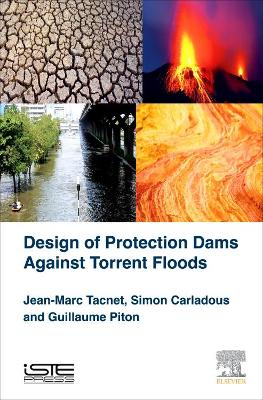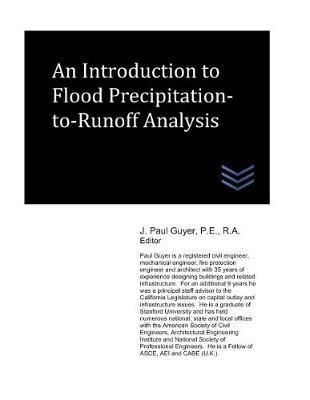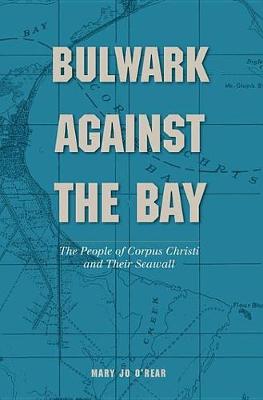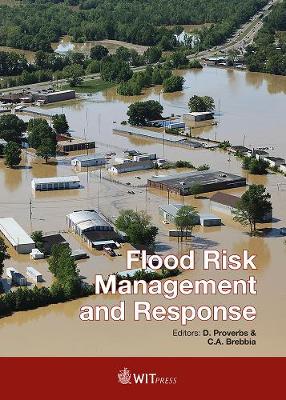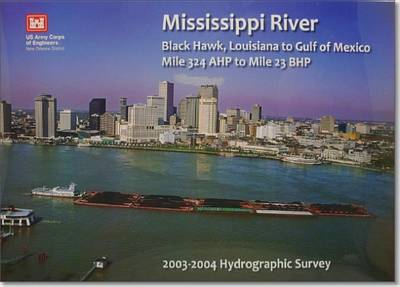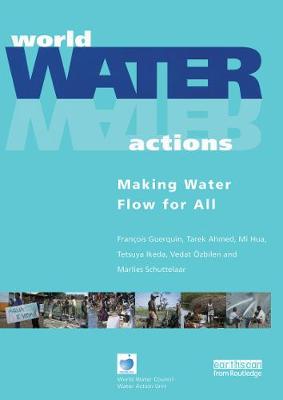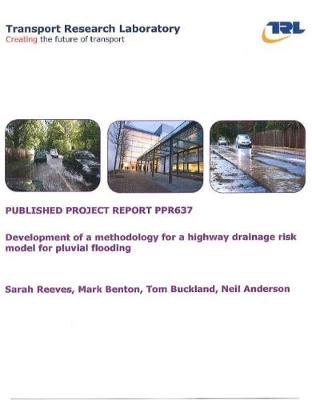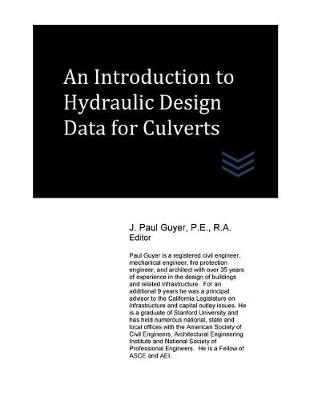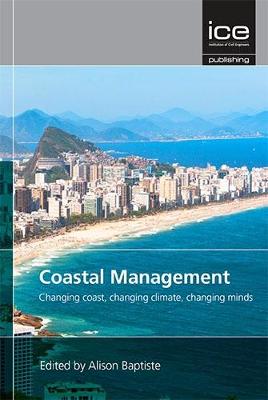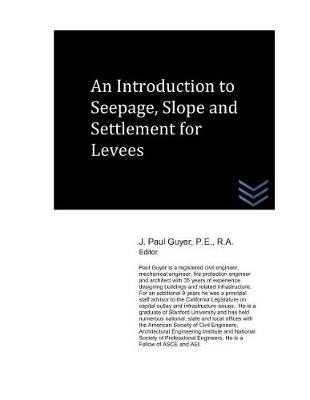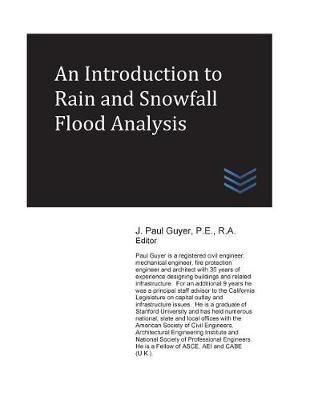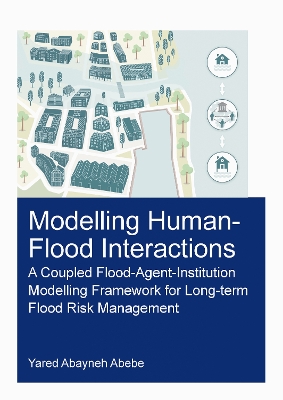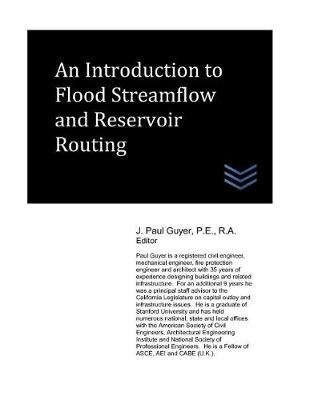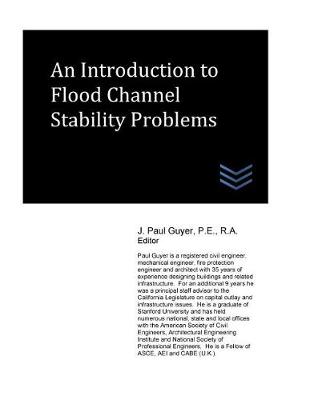An Introduction to Stormwater Drainage and Site Development
by J Paul Guyer
Design of Protection Dams Against Torrent Floods
by Jean-Marc Tacnet, Simon Carladous, and Guillaume Piton
Design of Protection Works Against Torrent Floods explores the main features of the three leading types of protection works-torrent checkdams, sediment dams, and torrential dykes-to help readers learn how to design them. It is dedicated to technicians, engineers, and risk managers who are in charge of structural design and/or management. The book presents a technical and integrated overview of the design process, but also describes the different points that make these protection works so specifi...
An Introduction to Flood Precipitation-to-Runoff Analysis
by J Paul Guyer
Development and Flood Risk
After a devastating hurricane in 1919, the people of Corpus Christi faced the stark reality of their vulnerability. It was clear that something had to be done, but the mere will to take precautionary measures did not necessarily lead the way. Instead, two decades would pass before an effective solution was in place. Mary Jo O'Rear, author of Storm over the Bay, returns to tell the story of a city's long and often frustrating path to protecting itself. Bulwark Against the Bay reveals the strugg...
Flood Risk Management and Response (WIT Transactions on Ecology and the Environment, #208)
Flooding is a global phenomenon that claims countless lives worldwide each year. When flooding occurs in populated areas, it can cause substantial damage to property as well as threatening human life. Apart from the physical damage to buildings, contents and loss of life, which are the most obvious impacts of floods upon households, indirect losses are often overlooked. These indirect and intangible impacts are generally associated with disruption to normal life as well as longer term health iss...
This text is divided into three parts. Part I focuses on the need for management to assess the challenges of water scarcity and plan changes based on proper valuation and financial instruments, international co-operation and efficient use. Part II analyses the problems of water scarcity and the available solutions in each main sector: water supply and sanitation, energy, health, agriculture, ecosystems and biodiversity. Part III assesses the state of the debate following the third World Water Fo...
Development of a methodology for a highway drainage risk mofel for pluvial flooding (Published Project Reports, #637)
by Sarah Reeves, Mark Benton, Tom Buckland, and Neil Anderson
Research Framework (Environment Agency Report)
Effect of Soil Structure and Field Drainage on Water Quality and Flood Risk
by Paul Hallett
In recent years, the continued technological advances have led to the spread of low-cost sensors and devices supporting crowdsourcing as a way to obtain observations of hydrological variables in a more distributed way than the classic static physical sensors. The main advantage of using these type of sensors is that they can be used not only by technicians but also by regular citizens. However, due to their relatively low reliability and varying accuracy in time and space, crowdsourced observati...
Coastal Management
An Introduction to Seepage, Slope and Settlement for Levees
by J Paul Guyer
Modelling Human-Flood Interactions (IHE Delft PhD Thesis)
by Yared Abayneh Abebe
The negative impacts of floods are attributed to the extent and magnitude of a flood hazard, and the vulnerability and exposure of natural and human elements. In flood risk management (FRM) studies, it is crucial to model the interaction between human and flood subsystems across multiple spatial, temporal and organizational scales. Models should address the heterogeneity that exists within the human subsystem, and incorporate institutions that shape the behaviour of individuals. Hence, the main...
An Introduction to Flood Streamflow and Reservoir Routing
by J Paul Guyer
